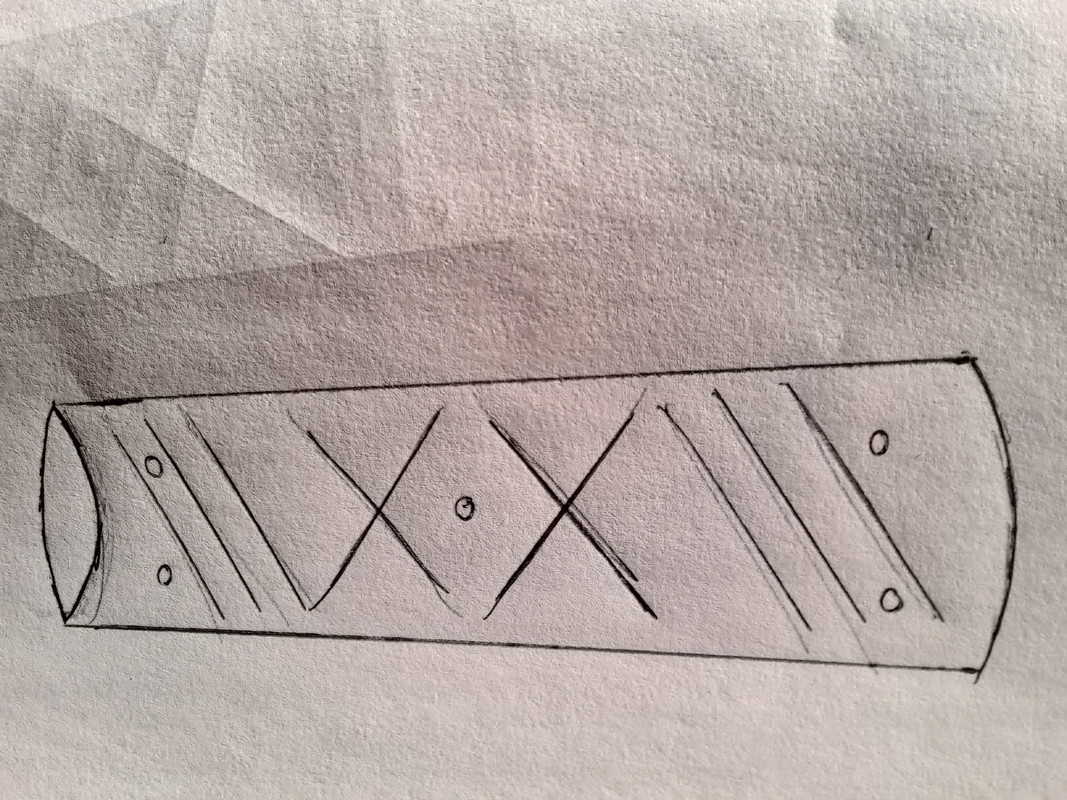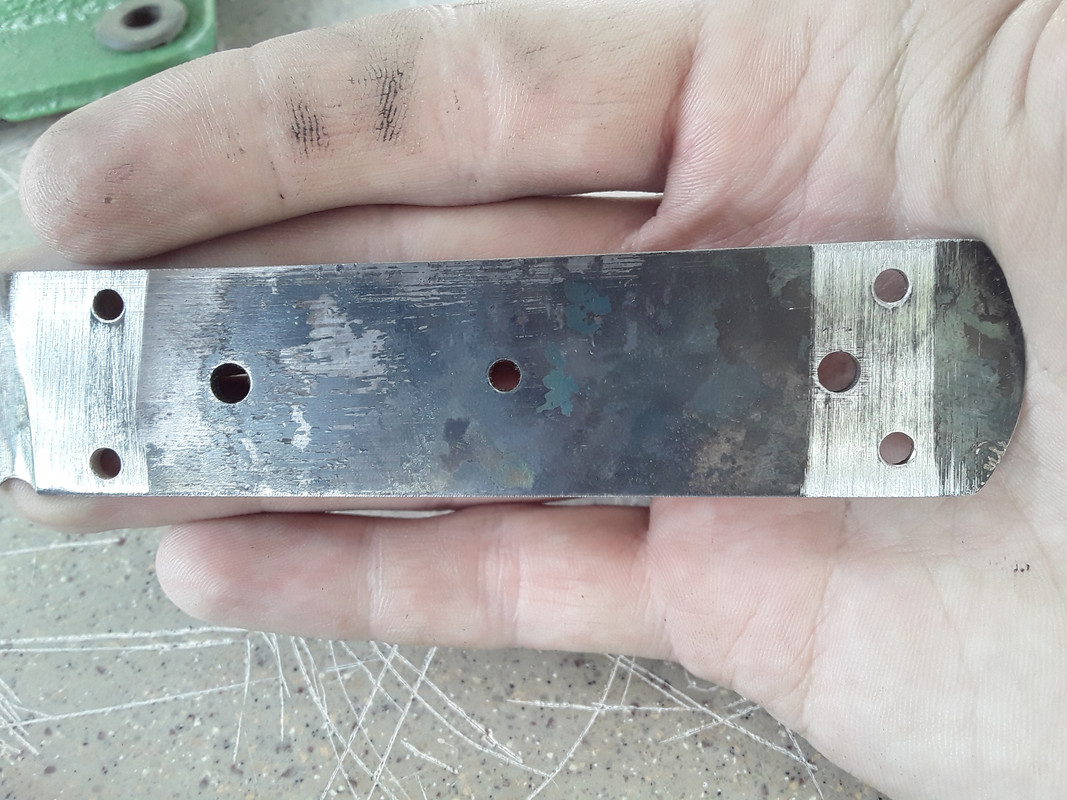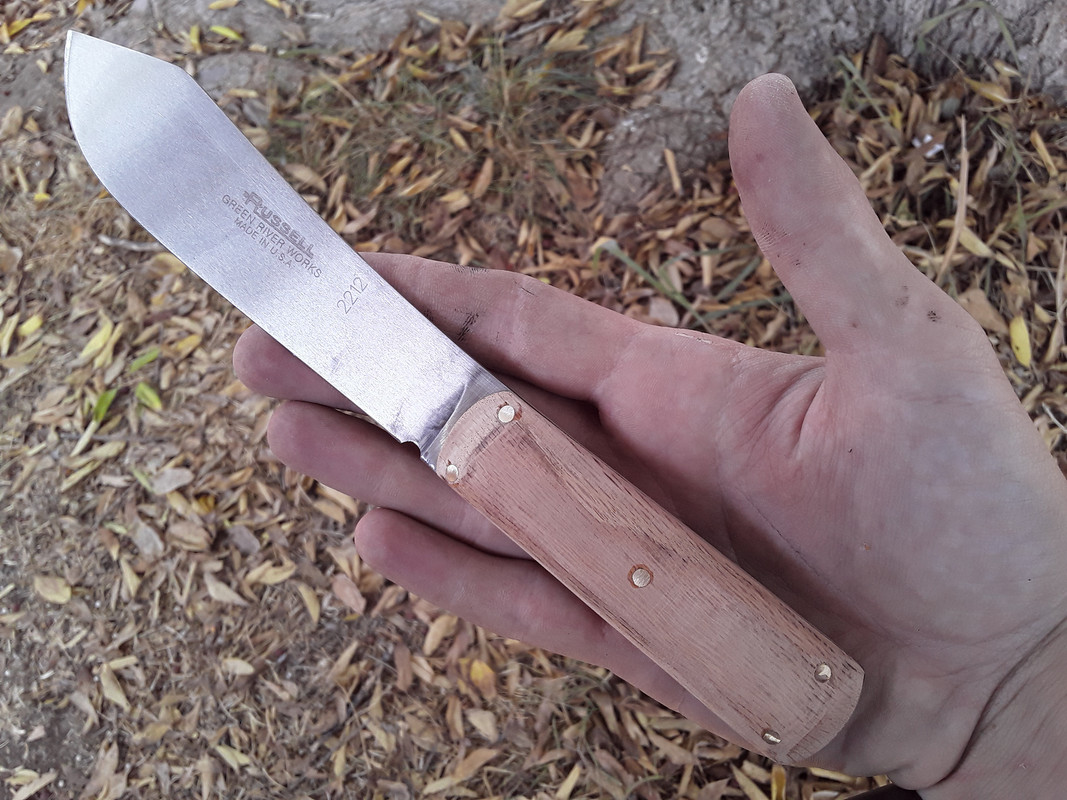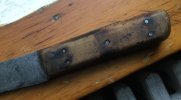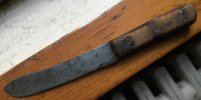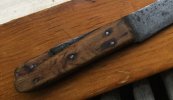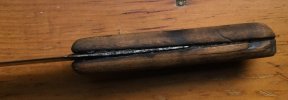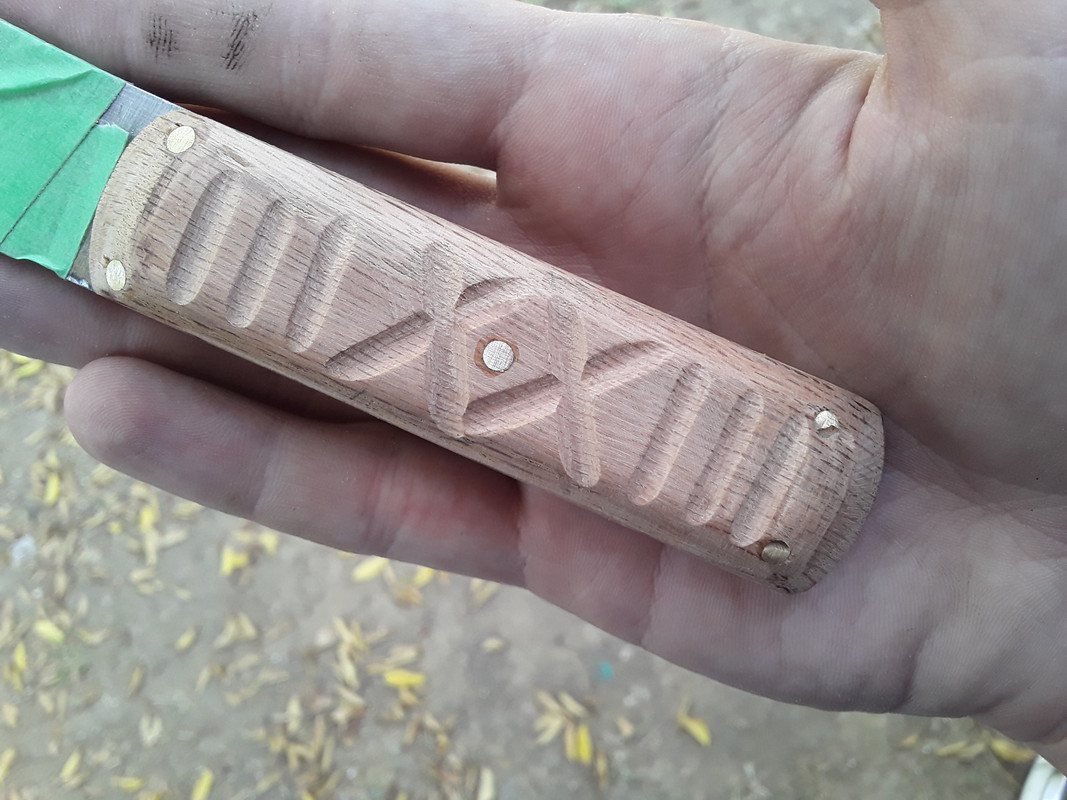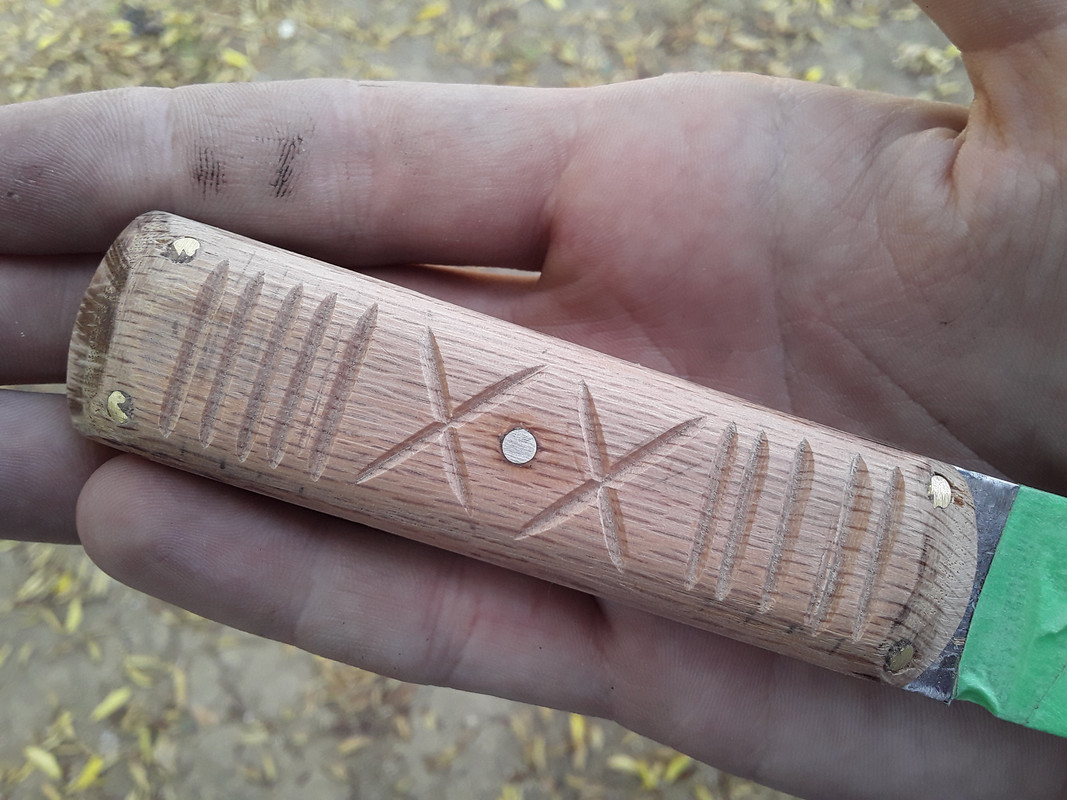Hickory n steel
Gold Member
- Joined
- Feb 11, 2016
- Messages
- 18,869
I have a Russel green river sheath knife blade coming from Jantz, as well as some black palm scales I may use depending on what they choose to include for scales with it.

I want to shoot for a bit of a trade era / mountain man kind of feel with it, and I'm just not sure how I'm gonna do it.
What would you guys do ?
I'm thinking I'll go with multiple smaller pins instead of the cutlers rivets for a more period correct look.
Beyond that though I'm not sure, I don't necessarily want to age or distress the knife but I do want to do something to really give it that authentic look for a little nod to the heritage of these green river knives.
Some carving on the handle and of a partial sinew wrap maybe ?
With the more period style pins and a rustic looking sheath It may be good to go after It develops a nice patina , but I have the temptation to get a little creative with while also keeping it simple.

I want to shoot for a bit of a trade era / mountain man kind of feel with it, and I'm just not sure how I'm gonna do it.
What would you guys do ?
I'm thinking I'll go with multiple smaller pins instead of the cutlers rivets for a more period correct look.
Beyond that though I'm not sure, I don't necessarily want to age or distress the knife but I do want to do something to really give it that authentic look for a little nod to the heritage of these green river knives.
Some carving on the handle and of a partial sinew wrap maybe ?
With the more period style pins and a rustic looking sheath It may be good to go after It develops a nice patina , but I have the temptation to get a little creative with while also keeping it simple.


